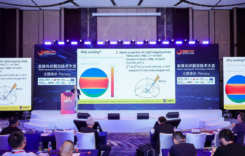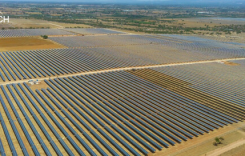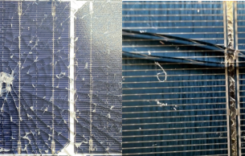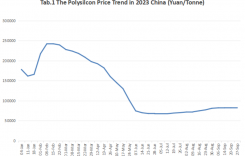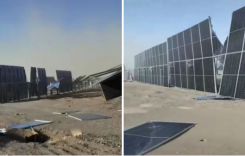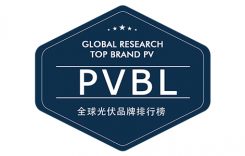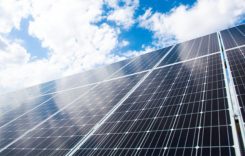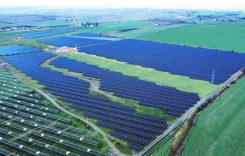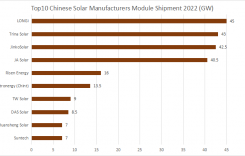PVTIME – In August 2025, the United States Court of International Trade (USCIT) delivered a significant ruling in a case with major implications for the solar energy industry in the US and worldwide. The lawsuit, initiated by Auxin Solar and several other companies against the Biden administration, focused on the legality of Proclamation 10414. Issued by the White House on 6 June 2022, this proclamation had suspended import tariffs on solar cells and modules from Cambodia, Malaysia, Thailand and Vietnam for 24 months. Under ruling number 2025-ITC-0287, signed by Chief Judge Timothy C. Stanceau, the USCIT determined that Proclamation 10414 had indeed violated the law. This decision resolved the legal battle initiated by seven domestic manufacturers who were challenging the administration’s actions.
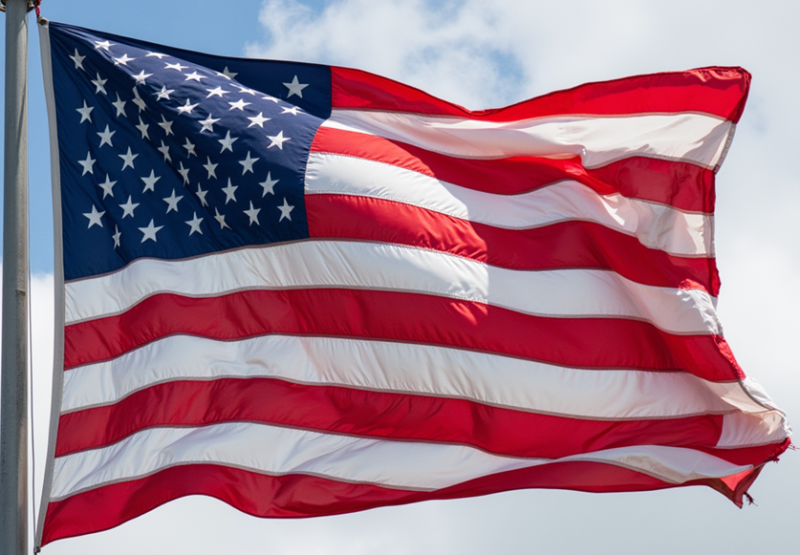
The origins of this case lie in the complex landscape of US solar energy trade policies. In 2018, as part of a broader trade strategy, the Trump administration imposed tariffs on crystalline silicon photovoltaic (CSPV) cells, which are the core components of most solar panels and modules. Presidential Proclamation 9693 established a four-year tariff schedule, starting with a 30% levy that was set to decrease by 5% each year, ultimately expiring in 2022. However, faced with growing demand for solar energy and concerns over supply chain disruptions, the Biden administration adopted a different approach.
The White House’s Proclamation 10414 was in response to a number of factors. The US solar energy industry was experiencing a slowdown, with costly domestic manufacturing struggling to meet the growing demand for solar installations. The suspension of tariffs on solar cells and modules from Southeast Asia aimed to address short-term supply issues and promote the growth of the solar energy sector, which is crucial to achieving the US’s clean energy transition goals. By waiving anti-dumping and countervailing duties from June 2022 to June 2024, the administration hoped to make solar energy more accessible and affordable for consumers and businesses alike.
However, the court’s ruling was based on the finding that the pause in tariffs had led to an unexpected outcome: Chinese companies had been able to circumvent US tariffs by setting up manufacturing facilities in Southeast Asia. A supply chain audit report from Solar Energy Manufacturers of America (SEMA) provided substantial evidence in support of this claim. During the tariff-pause period, photovoltaic exports from the four Southeast Asian nations increased by an astonishing 217% year on year, surpassing 120 GW. The judgment specifically highlighted the operations of two leading Chinese module manufacturers in the region. For instance, their Vietnamese factories sourced 89% of their silicon from China, far exceeding the ≤40% threshold set by the World Trade Organization (WTO) rules of origin. The court concluded that the executive order had “indirectly sanctioned illegal industrial chain relocation”.
The Biden administration justified the pause on ‘energy security’ grounds, invoking Section 232 of the Trade Expansion Act. The argument was that ensuring a steady and affordable supply of solar components would enable the US to accelerate its clean energy transition and reduce its reliance on traditional energy sources. However, the US Court of International Trade (USCIT) ruled that the president did not possess the unilateral authority to revoke existing tariff regulations. This was a significant setback for the administration’s trade policy in the solar energy sector, as it reaffirmed the importance of adhering to established trade laws and regulations.
The implications of the USCIT ruling are far-reaching. US Customs now has the authority to impose retroactive tariffs on goods imported between June 2022 and June 2024. These tariffs can be as high as 254.66%, affecting approximately $54 billion worth of products. This vast quantity of goods encompasses a wide range of solar energy applications. Utility-scale solar plants, accounting for 62% of the affected products, will face substantial additional costs. These large-scale installations are crucial for meeting the US’s renewable energy targets, and the increased costs may result in delays or cancellations to planned projects. Commercial and industrial distributed projects, accounting for 28% of the affected products, will also be severely impacted. Many businesses that relied on cost-effective solar solutions from Southeast Asia will now have to re-evaluate their energy strategies. Residential solar systems, representing 10% of the affected products, will also become more expensive for homeowners. This could slow down the adoption of solar energy at household level, which has been growing steadily in recent years.
For businesses that have been relying on low-cost solar products from Southeast Asia, the ruling is a severe setback. Importers who have been sourcing solar cells and modules from the region to take advantage of the tariff-free period will now face a significant financial burden. Developers who have been planning and executing solar energy projects based on a cost structure with tariff exemption will also be in a difficult position. Additional costs for ‘completed projects’ will squeeze profit margins and create significant uncertainty within the industry. Utility firms that have been integrating solar energy into their power generation portfolios will also be affected. They may need to re-evaluate their long-term energy procurement strategies and potentially look for alternative sources.
In response to the ruling, the defendants and stakeholders are exploring various options. One of the primary courses of action is to appeal to the US Court of Appeals for the Federal Circuit. This higher-level court has the power to review and potentially overturn the USCIT’s decision. However, the appeals process is often lengthy and complex, and there is no guarantee of a favourable outcome. Another option is to apply to suspend tariff collection during the appeal. This would provide short-term relief to businesses facing financial pressure due to the retroactive tariffs. Stakeholders are also considering pushing for policy changes via political channels. They hope to persuade policymakers to cancel or reduce the retroactive tariffs. This could involve lobbying efforts, public awareness campaigns and engaging with politicians who support the industry.
Those involved in this case include major industry bodies and enterprises, and the list is extensive. The American Clean Power Association, a leading clean energy advocate in the US, has a vested interest in the case’s outcome. Its members, which include a wide range of clean energy companies, will be directly affected by the ruling. Among the major enterprises involved is BYD, a well-known global manufacturer of electric vehicles and solar products. Other significant players in the global solar energy market, such as Canadian Solar, Risen Energy, and Trina Solar, also have a stake in the matter. These companies operate in Southeast Asia and export solar products to the US. The ruling will affect their business strategies, production plans and access to the US market.
The USCIT has already released a summary of its judgment, and the full non-confidential text is expected to be published in the ‘Judgment Announcements’ section of its website by the end of this week. Industry insiders are eagerly awaiting the full text as they believe the details within it will significantly impact future appeals. The ‘solar tariff dispute’ is far from over and is expected to continue to reshape the US domestic manufacturing landscape and the global solar supply chain. In the US, domestic manufacturers may see an opportunity to increase their market share. With the threat of low-cost imports from Southeast Asia potentially reduced, they may be more inclined to invest in expanding their production capacity.
However, they will also face challenges in ramping up production quickly enough to meet demand.
The Solar Energy Industries Association (SEIA) has predicted that US domestic capacity will rise to 40% by 2027. This projection is based on the assumption that the ruling will encourage investment in domestic solar manufacturing. Nevertheless, international firms will need to adapt to the new trade environment. They will likely need to adopt a dual-track model of tariff compliance and localised production. Some may choose to increase their compliance efforts to meet strict rules of origin, while others may set up manufacturing facilities in the US to avoid tariffs. This shift in the global solar supply chain will have implications for countries in Southeast Asia that have been major exporters of solar products to the US. These countries may need to diversify their markets or encourage further value addition within their domestic industries to maintain their competitiveness in the global solar energy market. Overall, the USITC ruling has set in motion a series of events that will continue to unfold in the coming months and years, with far-reaching consequences for the solar energy industry.
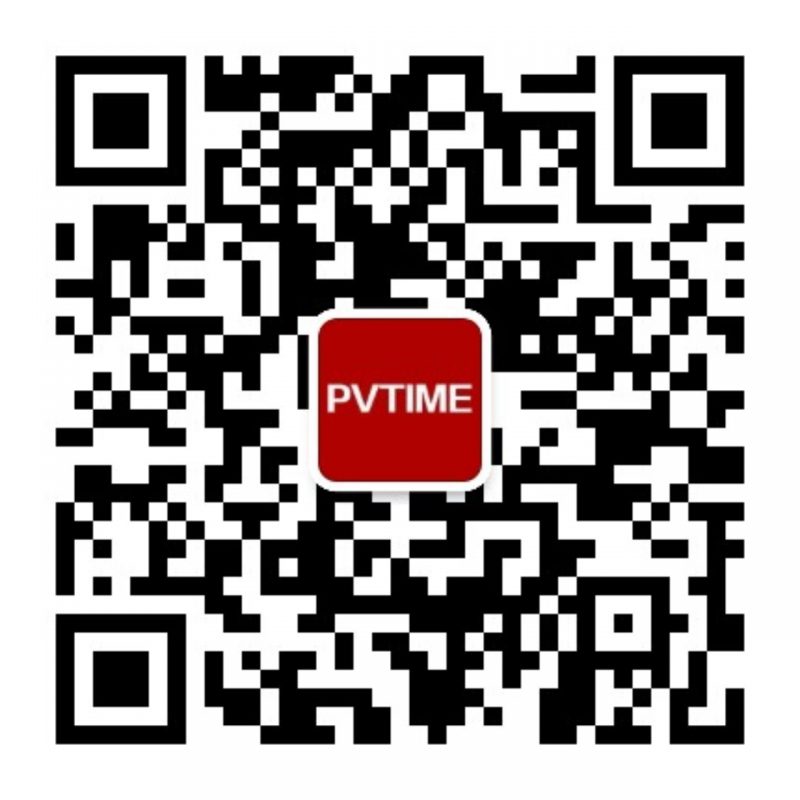
Scan the QR code to follow PVTIME official account on Wechat for latest news on PV+ES



